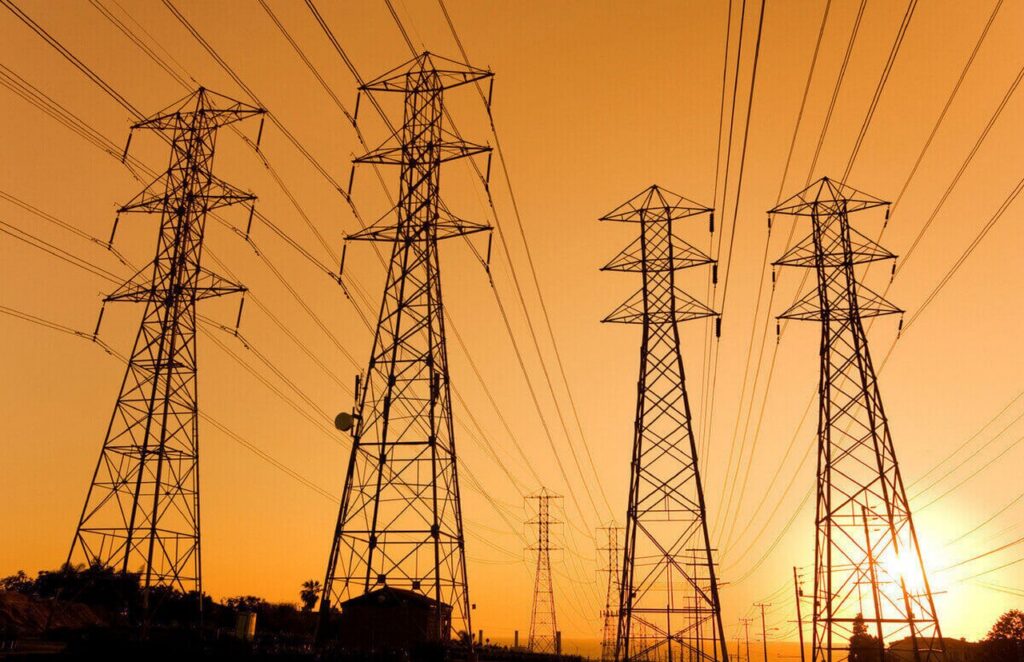Relationship between Next-generation Microgrid and Traditional Microgrid:
Previously, most microgrids were small diesel generators or larger diesel generators. As the name suggests, diesel generators are non-renewable and produce a lot of noise. However, the challenge now is to decarbonize existing microgrids, such as diesel generators in remote mining areas or remote areas in Africa, by making them more renewable and gradually replacing diesel or heavy oil consumption with renewable energy sources such as solar and wind.
The next-generation microgrid includes a solar panel array and a traditional generator running in the background. Battery storage is also an ideal option, allowing you to shut down the battery as a backup bridge and allowing you to switch off the traditional generator during the day. They also have the advantage of improving certain power parameters and making energy production more stable.
The next step will depend on various types of batteries, namely so-called long-term storage systems, relying on renewable energy sources or energy fluctuations at night. This is more challenging during seasonal differences, such as a week without sunlight or wind.
The best commercial case is to replace most backup diesel generators with renewable energy sources. The next step is to add lithium-ion batteries, as we have discussed before. The next step will be a long-term storage system. The final stage is actually to eliminate all backup diesel generators.
However, if you have a very seasonal application, where there is likely to be no solar or wind energy, and you will deal with very low sunlight and almost no wind speed for a long time, this will be a real challenge and may also be expensive. If you want to use renewable energy, you must rely on solar and wind energy in most places. These two power sources are not stable and fluctuate, so you will need energy storage or flexible energy sources such as diesel generators.
This is not just about building microgrids for communities, but also some businesses that need microgrids. It may be a remote mining operation, but it may also be a car factory park or a university campus. The main component of the commercial case is flexibility. If you need better quality power than what you are currently getting or what you think you will get from the grid in the future, for example, if we are talking about hospitals, they already have backup diesel generators today.
Just putting more renewable energy somewhere does not mean that you can really run a site completely on these renewable energy sources. This is also an aspect of grid-forming elements. Usually, these are traditional power plants, large coal or gas-fired power plants that form the grid, and then you add some renewable energy. If you enter this island mode, you must have something else to form the grid. This may be a diesel generator or energy storage.
Large-scale deployment is taking place around the world to supply renewable energy to the grid or for off-grid private applications. However, in many industrial applications, intelligently managed renewable energy in microgrids is having an impact by providing energy cost savings and supply security for industrial parks.
Please contact our professional design team, which includes software and hardware development engineers in the IoT and new energy industries, to explore how to design digital energy microgrids.

